
/
/
11 types of grinding equipment commonly used in the non-metallic mineral processing industry (1)

For non-metallic mineral grinding, the choice of processing equipment is very important. Different types of grinding equipment are suitable for minerals of different attributes, and have specific correspondences to hardness, raw material size, humidity, output, etc., and understanding the working principle, performance characteristics and scope of application of grinding equipment is the basis for correct selection.
At present, the commonly used grinding equipment in the non-metallic mineral industry includes:
Ball mill is a commonly used fine grinding equipment in the grinding of non-metallic minerals. Including ore grinding for beneficiation preparation operations, pre-crushing for subsequent ultra-fine grinding operations, and grinding operations for direct processing of powder products.
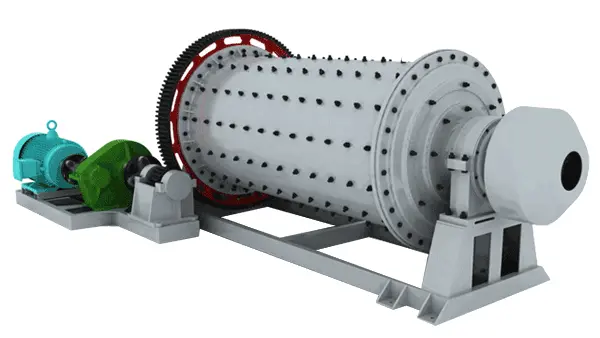
Performance characteristics:
The grinding ratio is large, the structure is simple, the product series are standardized, the easy-to-wear parts such as liners are easy to replace, the technology is mature, and the operation is reliable; the ball mill can adapt to operations under different conditions, such as grinding and drying, grinding and mixing at the same time. But generally speaking, the efficiency of ball mills is not high, the energy consumption and medium consumption are relatively high, and the equipment is heavy and the running noise is large.
Scope of application:
Ball mills are still widely used. Among them, grid type and overflow type ball mills are commonly used for non-metallic ore beneficiation; tube mills include grinding cement raw materials and grinding various types of cement clinker. Cement mills are mainly used in cement plants and can also be used for grinding other materials in relevant industrial sectors. Short-tube ball mills are widely used for fine grinding of non-metallic minerals such as calcite, dolomite, quartz, and zircon sand.
Raymond mill, also known as suspended roller disc mill, is mainly composed of feeder, grinding roller, grinding disc, transmission mechanism, separator and other parts. It is an important grinding equipment in the processing of non-metallic minerals.
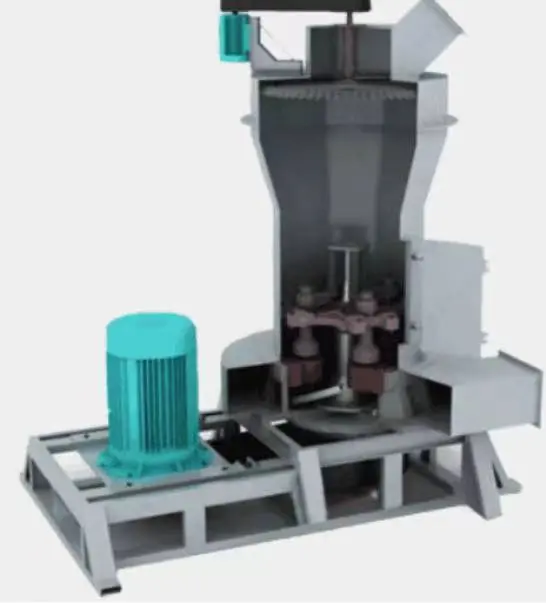
Performance characteristics:
It has the advantages of stable performance, simple process, convenient operation, large processing capacity, and adjustable product size; high pass-through rate, the pass-through rate of the finished product after Raymond mill grinding can reach more than 99%; strong complete set, no matter it is From the rough processing of raw materials to the conveying, milling and final packaging, it can be an independent production system.
Scope of application:
Widely used in calcite, marble, chalk, limestone, talc, wollastonite, gypsum, hard kaolin, clay, feldspar, barite, bentonite, graphite, tremolite, illite, sericite, glass, Manganese ore, titanium ore, copper ore, chrome ore, refractory materials, thermal insulation materials, clay, titanium dioxide, iron oxide, etc. Non-flammable and explosive minerals, construction, and chemical industries with Mohs hardness below 9.3 and humidity below 6% , Chemical fertilizer and other industries for high-fine powder processing of more than 300 materials, the particle size of the finished product is in the range of 60-325 mesh (0.125 mm-0.044 mm), and a small part of the material can reach 1000 mesh (0.013 mm) according to the needs.
Vertical mill is the use of the relative movement of the grinding roller and the grinding disc to crush the material in the material bed. As one of the main advances in the dry ultra-fine processing technology of non-metallic mineral powder, the vertical mill equipment and technology is large-scale in the non-metallic mineral industry. In the practice and application of refined products, the advantages of high efficiency, energy saving and environmental protection have gradually emerged.
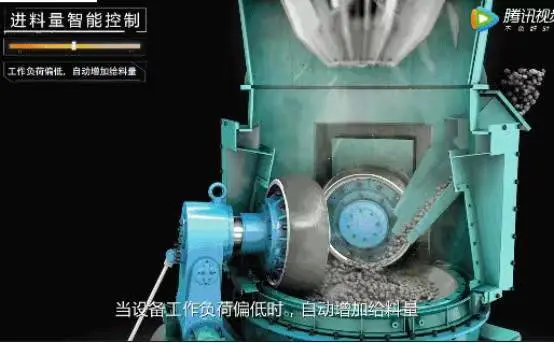
Performance characteristics:
It has a unique energy-saving effect, a large single machine capacity, and the processed products have the characteristics of narrow particle size distribution and high purity; the production line construction area is 30% less than the ball mill system, and the soil construction cost is lower.
Scope of application:
Vertical mills have been widely used in the production and processing of white non-metallic minerals in foreign countries. They have also been successfully used in the crushing and processing of heavy calcium, barite, limestone, gypsum, pyrophyllite, kaolin, cement raw materials and clinker in China.
Jet mill is one of the most important ultrafine crushing equipment. The product fineness can reach 1-45μm, and the output ranges from tens of kilograms to several tons per hour. High-pressure air, inert gas or superheated steam is used to expand and accelerate to form a high-speed flow field, and the material particles can collide, rub and shear each other in the jet flow field to achieve material refinement. Common types include flat type, fluidized bed reverse jet type, circulating tube type, counter jet type, target type, etc., and dozens of specifications.
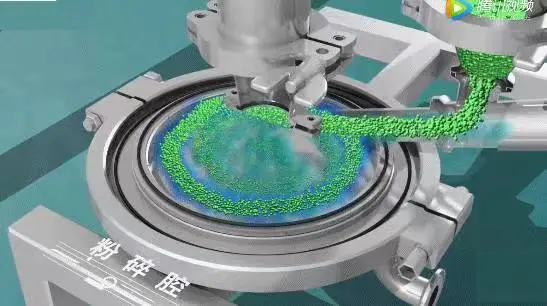
Performance characteristics:
The product has the characteristics of fine particle size, narrow particle size distribution, smooth particle surface, regular particle shape, high purity, high activity, good dispersibility, and low crushing temperature rise. The disadvantage is high equipment manufacturing cost, large one-time investment, and high energy consumption. The powder processing cost is high.
Scope of application:
Ultra-fine grinding of non-metallic minerals such as calcium carbonate, talc, quartz, bentonite, kaolin, graphite, wollastonite, dolomite, serpentine, zircon, mica, barite, etc.
Mechanical impact ultra-fine crusher is the most ultra-fine crushing equipment used in the non-metallic mining industry. The product fineness can generally reach d97=10μm, which is the so-called 1250 mesh. It can produce d97=5 with a high-performance fine classifier. -7μm ultrafine powder product.
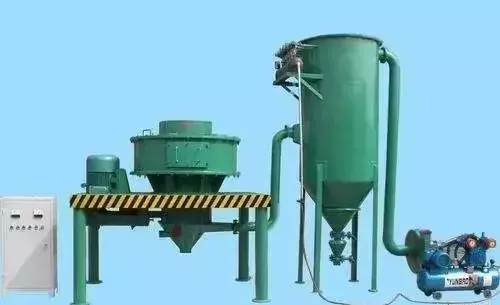
Performance characteristics:
Advantages: high crushing efficiency, large crushing ratio, easy to adjust crushing particle size, wide application range, simple structure, stable operation, small mechanical installation area, continuous and closed-circuit crushing, etc., suitable for crushing medium and soft materials .
Disadvantages: There are problems of wear and heat, and appropriate measures should be taken to crush heat-sensitive materials.
Scope of application:
Used for ultrafine grinding of coal-based kaolin, calcite, marble, chalk, talc, pyrophyllite, mica, graphite, wollastonite, bentonite, diatomite and other non-metallic minerals below medium hardness, as well as chemical raw materials, pigments, pesticides, etc.
Prominer has the ability to manufacture and provide different types of grinding mill equipment for various non-metallic processing industries.
To find out more about our products and solutions, please fll out the form below and one of our experts will get back to you shortly
3000 TPD Gold Flotation Project in Shandong Province
2500TPD Lithium Ore Flotation in Sichuan
Fax: (+86) 021-60870195
Address: No.2555,Xiupu Road, Pudong, Shanghai
Copyright © 2023. Prominer (Shanghai) Mining Technology Co.,Ltd.
